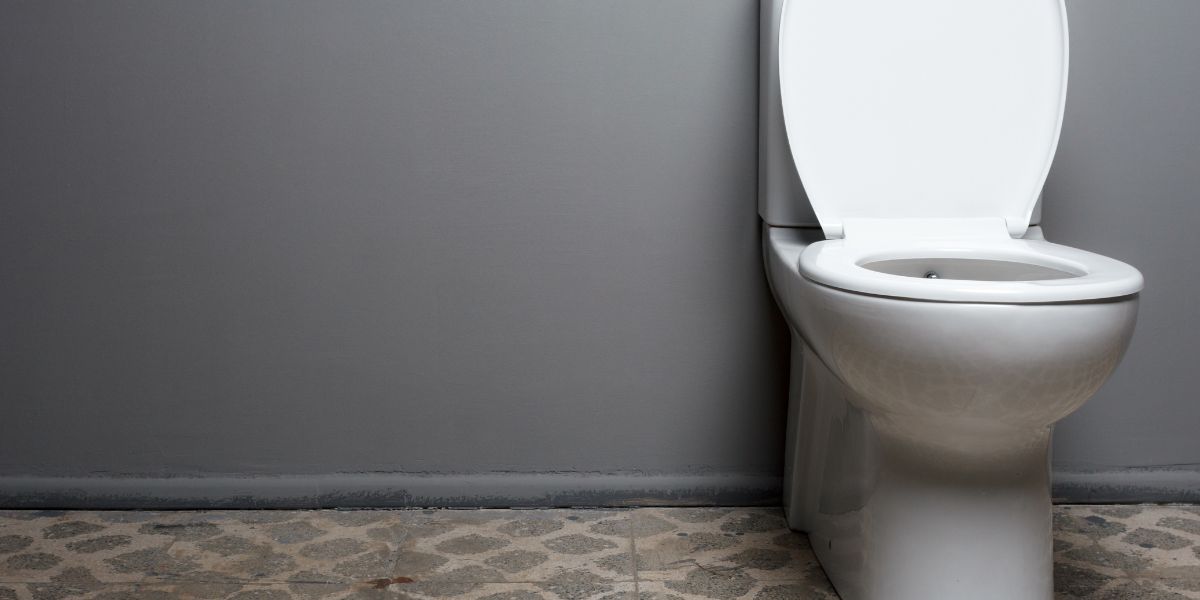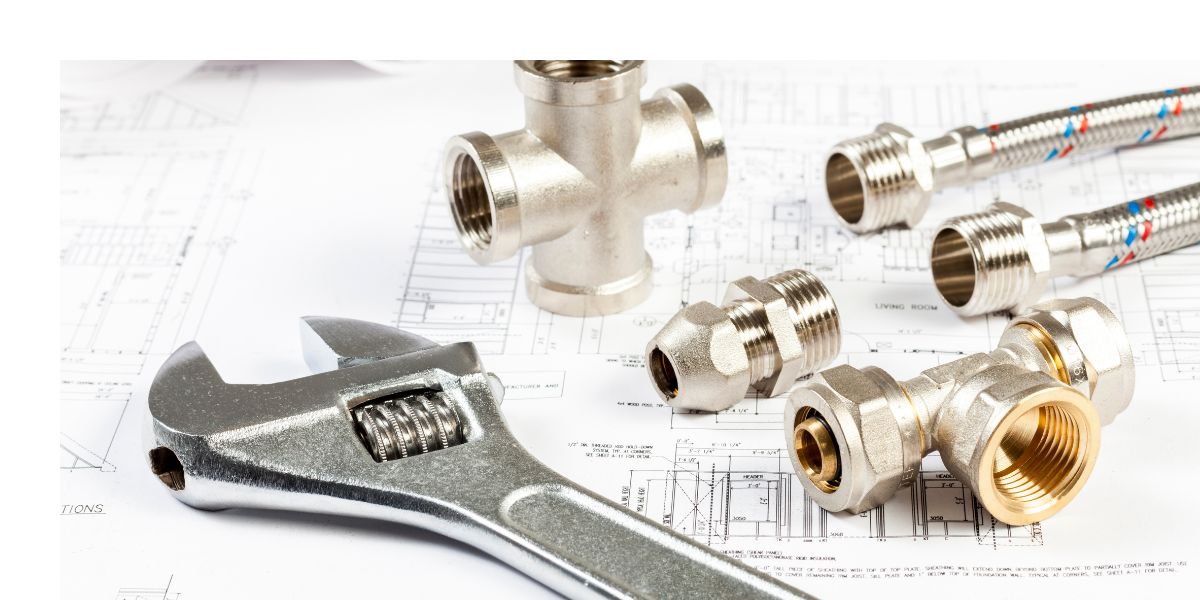Hey there, fellow DIY enthusiasts! Today, I will tackle a common issue that many homeowners face: it is found at the bottom of the toilet, the old flange extender.
You might wonder what it is and why you need one. Today, you’ll learn all about toilet flange extenders. I’ll explain what a toilet flange extender is, how to tell if you require one, and the step-by-step process of installing it.
What is a Toilet Flange Extender

Imagine you’re redecorating your bathroom or installing new flooring, and suddenly, you notice that the toilet doesn’t sit flush with the ground anymore. That’s where the toilet flange extender comes into play.
It’s a handy device designed to bridge the gap between your toilet and the floor when the flange (the circular piece that connects the toilet to the drain pipe) isn’t at the right height anymore. Essentially, it’s like giving your toilet a little boost, ensuring a snug and leak-free fit to the toilet when you install it.
Signs You Need a Toilet Flange Extender
But how do you know if you need a toilet flange extender? There are a few telltale signs that can help you figure this out. The most obvious is when you’ve just installed new flooring in your bathroom, such as ceramic tiles or finished hardwood, and your toilet no longer sits on the floor.
This is a clear indication that the flange is too low. Another sign is a persistent leak around the base of the toilet. If you’ve tightened the bolts and the leak still persists, it’s likely due to a faulty seal caused by the flange not being at the right height.
How to Install a Toilet Flange Extender

I will now show you how this nifty device can make your toilet installation a breeze, helping you achieve that elusive level and leak-free bathroom experience.
Tools and Consumables You’ll Need
Before we get into the installation process, let’s ensure you have all the necessary tools and consumables. The last thing you want is to place your toilet flange extender and realize you’re missing a key tool!
Here’s what you’ll need:
-
Toilet Flange Extender: Of course, you’ll need the extender itself. You can find these at your local hardware store or online.
-
Wax Ring: A new wax ring will help create a watertight seal between the toilet and the flange extender.
-
Bolts: You might need new bolts to secure the toilet in place.
-
Spacer: Sometimes, a spacer may be required to achieve the desired height.
-
Screwdriver: You’ll need this for removing the toilet and possibly other installation tasks.
-
Putty Knife: Handy for removing the old wax ring and any residual wax.
-
Silicone Caulk: This will be used for sandwiching the new closet flange or seal the base/ bottom of the toilet bowl to the floor.
-
Stainless Steel Screws: This will help secure your toilet to the base when installing the closet flange bolts.
-
Subfloor With Screws: In case your subfloor requires reinforcement.
Instruction Guide:
1. Remove the Toilet
The first step is to turn off the water supply to the toilet and flush it to drain the tank and bowl. Then, disconnect the water supply line from the tank. Next, remove the nuts from the bolts securing the toilet to the floor, if the nuts and bolts are rusty, you might need tools and consumables that are more industrial. Gently rock the toilet back and forth to break the wax seal form between the bottom, and then carefully lift the toilet and set it aside.
2. Flange Cleaning
With the toilet out of the way, it’s time to clean the flange and the surrounding area. Scrape off any old wax and debris from the flange using a putty knife. Ensure the flange is clean and smooth to provide a good surface for the new wax ring to seal against; this is an excellent way to adhere the extender.
3. Test the Flange Extender’s Fit
Take your toilet flange extender and check if it fits snugly over the existing flange. You might need a spacer to achieve the desired height, depending on your situation. The goal is to make sure the extender is level with the finished floor surface.
4. Install the Flange Extender
Once you’ve confirmed the fit, secure the toilet flange extender by screwing it onto the existing flange. Use stainless steel screws for durability. Make sure it’s firmly attached and level.
5. Reinstall the Toilet
With the extender in place, it’s time to put your toilet back where it belongs. First, install a new wax ring onto the flange extender. Carefully lower the toilet onto the wax ring, aligning it with the bolts on the flange. Press down gently to compress the wax ring and create a watertight seal.
Next, place the washers and nuts onto the bolts, as this will give more sealing action. Be careful not to overtighten the bolts because the last thing you want is a cracked toilet bowl. Reconnect the water supply line to the tank and turn on the water. Finally, give the toilet a flush to check for any leaks. If everything looks good, congratulations, you’ve successfully installed a toilet flange extender!
Conclusion
And there you have it, folks! Installing a toilet flange extender might seem daunting, but with the right tools, a good home repair tutor, and some know-how, it’s a DIY project that can save you from potential leaks and uneven toilets. So, the next time you’re faced with a misaligned toilet, don’t hesitate to try this. You can call a plumber to be safe if the task is too overwhelming.
FAQ
When should you use a toilet flange extender?
You should use a toilet flange extender when your toilet no longer sits flush with the floor, often due to changes in flooring material or the height of the flange. If you find that your toilet is no longer level and there is a noticeable gap between the base of the toilet and the floor, it indicates that the flange is rough in size. This roughness can give you an incorrect fit, and as a result, a gap will form.
To correct this issue, simply push the flange extender onto the existing flange, ensuring it’s firmly in place. When properly installed, the flange extender will be level with the floor, eliminating any gaps that might form between the toilet and the baseboard.
How do you do a toilet flange extension for finished tile floor or ceramic tile floor?
To extend the toilet flange for finished tile or ceramic tile flooring, follow the steps below:
Begin by assessing the height difference between the top of the old flange and the bead of the finished tile floor. This measurement will help you choose the appropriate thickness for the flange extender or toilet flange repair ring. These extensions can vary in thickness to accommodate different flooring scenarios.
When positioning the flange extender or repair ring, ensure it aligns perfectly with the bead of the finished tile floor. This alignment is crucial to maintain the floor’s aesthetic and ensure a proper seal for your toilet. Once the extender or repair ring is in place, secure it following the manufacturer’s instructions.
This method addresses the elevation difference and ensures that your toilet remains stable and leak-free, even when installed on a finished tile or ceramic tile floor.
Can a toilet flange be flush with the floor?
Ideally, yes, a toilet flange should be flush with the floor to ensure a proper seal and prevent leaks. If it’s not, that’s when you should consider using a toilet flange extender.
How to use a toilet flange repair kit?
First, use a toilet flange repair kit to remove the toilet and clean the existing flange. This is an essential step in the project because it extends the life of your repair and ensures a proper seal. Once the existing flange is clean and debris-free, you can proceed with the repair.
Next, install the repair ring from the kit over the existing flange. The repair ring is an excellent option if your existing flange is damaged or corroded. It provides a sturdy and reliable base for your toilet. Secure the repair ring using the provided screws, ensuring it sits flush with the floor.
Now, it’s time to add a new wax ring. This is crucial for creating a watertight seal between the toilet and the flange. Place the wax ring on top of the repair ring, ensuring it is centered over the flange opening.
With the wax ring in place, reattach the toilet. Carefully lower it onto the flange and press firmly to compress the wax ring. This will create a tight seal. Secure the toilet to the floor as usual.
Once the toilet is in position, reconnect the water supply and check for leaks. This step is essential to ensure that your toilet flange repair is successful. Any leaks could indicate a problem with the seal, and you may need to revisit the installation to make adjustments.
What is the gap between toilet flange and floor?
The gap between the toilet flange and the floor can vary depending on your situation.
To better understand this gap, measure from the baseboard or the surrounding flooring to the top of the flange. This measurement will give you an accurate idea of the gap’s size and help you determine the appropriate solution. In some cases, the gap may be negligible, while in others, it could be more substantial.
If the gap is significant, it’s vital to address it adequately to avoid potential issues like leaks or an unstable toilet. In such situations, a toilet flange extension may be required to bring the flange level with the finished floor. This extension can effectively close the gap and ensure a secure fit for your toilet.
To use a toilet flange repair kit for such scenarios, start by removing the toilet and cleaning the existing flange. Then, if needed, install the repair ring from the kit over the existing flange, securing it with provided screws. The repair ring can serve as a toilet flange extension, helping you address a gap between the flange and the floor. After securing the repair ring, add a new wax ring and reattach the toilet, ensuring a secure fit, as mentioned earlier.
